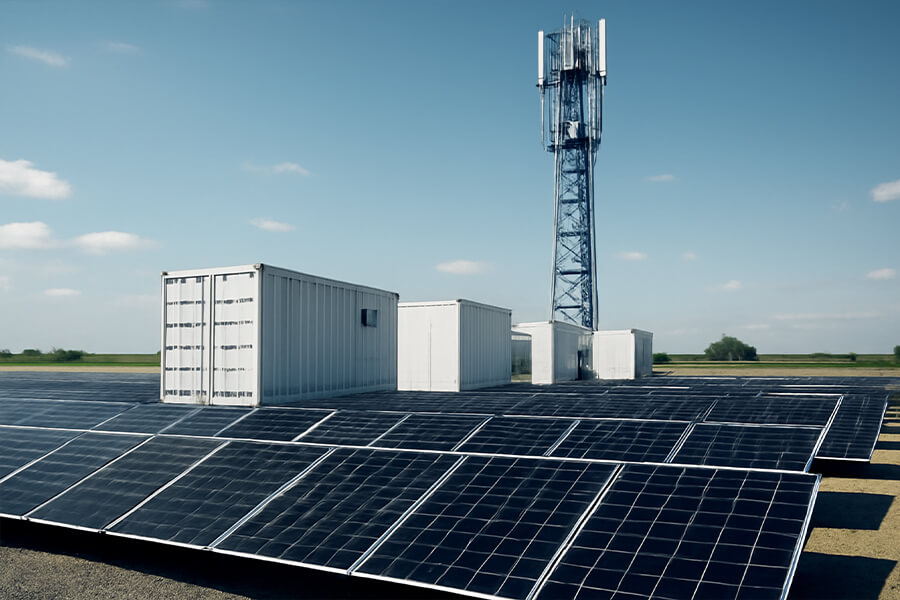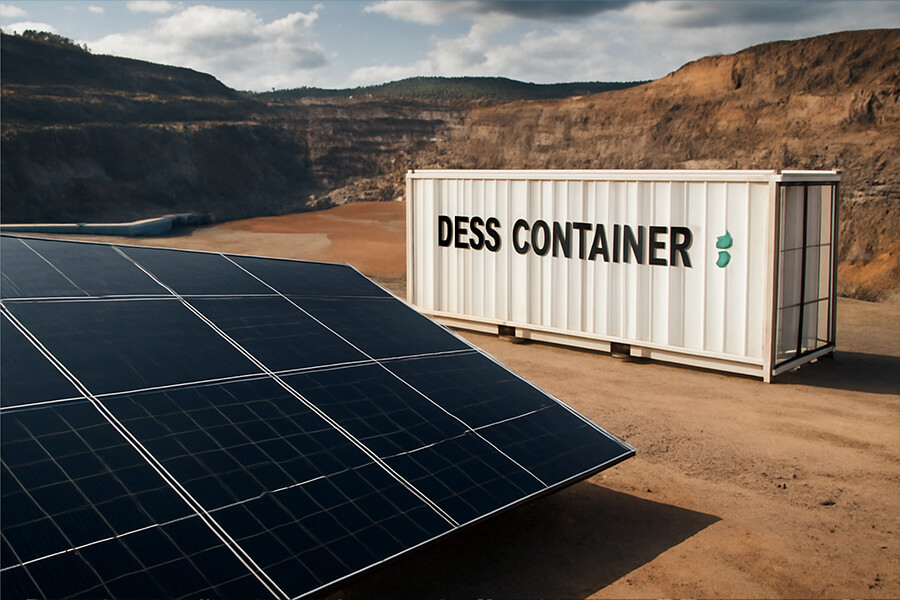Introduction
The deployment of large solar power systems has transformed the energy landscape and significantly influenced electricity markets. These solar systems, which harness the sun’s energy to generate electricity, have a profound impact on various aspects of electricity markets, including electricity prices, the share of renewable energy, and power supply stability. This article explores how large solar power systems influence electricity markets and contribute to the transition to cleaner and more sustainable energy sources.
Electricity Prices
Price Reduction: Large solar power systems have played a pivotal role in reducing electricity prices. Solar energy, once considered expensive, is now one of the most cost-effective sources of electricity generation. The increasing deployment of solar power has introduced greater competition in the market, resulting in more affordable electricity for consumers.
Daytime Price Patterns: Solar systems produce electricity during daylight hours, aligning with peak demand periods. This reduces the need for expensive peaker plants and helps stabilize electricity prices during peak periods.
Market Price Volatility: While solar power can reduce peak prices, it can also lead to increased price volatility. Prices may drop significantly during sunny days when solar generation is high, creating challenges for energy market operators.
Renewable Energy Share
Increased Renewable Penetration: Large solar power systems contribute to a higher share of renewable energy in electricity markets. As solar capacity grows, it displaces fossil fuel-based generation, reducing greenhouse gas emissions and promoting environmental sustainability.
Integration with Other Renewables: Solar power often complements other renewable energy sources like wind and hydropower. These sources can fill the gaps when solar generation is low (e.g., at night or during cloudy days), ensuring a continuous supply of clean energy.
Grid Flexibility: The integration of solar power requires grid flexibility to manage its intermittent nature. This often entails energy storage solutions, demand response, and smart grid technologies to balance supply and demand effectively.
Power Supply Stability
Grid Stability: Solar power contributes to grid stability by providing consistent and predictable power output. Advanced grid management techniques ensure that fluctuations in solar generation do not disrupt overall grid reliability.
Energy Storage: The integration of energy storage solutions, such as batteries, enhances the stability of solar power systems. These solutions store excess energy during sunny periods and release it when needed, ensuring a continuous power supply.
Reduced Reliance on Fossil Fuels: Solar power systems reduce the reliance on fossil fuels for electricity generation. As a result, the power supply becomes less vulnerable to fuel price fluctuations and supply disruptions.
Economic Impact
Job Creation: The expansion of large solar power systems creates job opportunities in manufacturing, installation, maintenance, and research and development. These jobs stimulate economic growth in the renewable energy sector.
Investment Opportunities: Solar power projects attract investment, not only in the construction phase but also in the long-term operation and maintenance of the systems. This stimulates economic activity and strengthens energy infrastructure.
Reduced Environmental Costs: Solar power reduces the external environmental costs associated with conventional electricity generation. These costs include air pollution, health issues, and environmental degradation, which can have substantial economic impacts.
Challenges and Future Considerations
Intermittency: The intermittent nature of solar power can pose challenges for grid operators. Enhanced grid flexibility and energy storage solutions are essential to address intermittency effectively.
Grid Infrastructure: The integration of large solar power systems may require upgrades to existing grid infrastructure to accommodate increased renewable capacity. These upgrades can be costly and time-consuming.
Market Design: Electricity markets and regulations may need adjustments to accommodate higher levels of renewable energy. Market design should promote fair compensation for solar power while ensuring grid reliability.
Technological Advancements: Ongoing research and development are necessary to improve the efficiency and reliability of solar power systems, as well as to enhance energy storage technologies.
Case Studies: Solar Power Impact on Electricity Markets
Germany: Germany’s Energiewende policy aims to transition to a low-carbon energy system. Large-scale solar deployment has significantly increased the share of renewable energy in the country’s electricity mix, reducing the dependence on fossil fuels and nuclear power.
California, USA: California has been a leader in large solar power deployment, contributing to the state’s clean energy goals. Solar energy has reduced the state’s reliance on natural gas and coal, resulting in a more sustainable and environmentally friendly electricity market.
Australia: The expansion of large solar power systems, such as the Sunraysia Solar Farm, has contributed to a surge in renewable energy generation. Solar power, combined with wind energy, has driven down electricity prices in the country, benefiting consumers.
Conclusion
Large solar power systems have a transformative impact on electricity markets, promoting renewable energy adoption, reducing electricity prices, and enhancing power supply stability. As the world continues its transition to cleaner and more sustainable energy sources, the role of solar power in shaping the future of electricity markets cannot be underestimated. By addressing the challenges and embracing technological advancements, solar power can continue to play a vital role in shaping the future of electricity markets. It offers a path towards a more sustainable and environmentally responsible energy landscape, promoting economic growth, reducing greenhouse gas emissions, and improving grid reliability. As the adoption of large solar power systems continues to expand, their influence on electricity markets will become even more pronounced, contributing to a cleaner, greener, and more resilient energy future.
If you want to customize your own photovoltaic solution today, please contact us.




